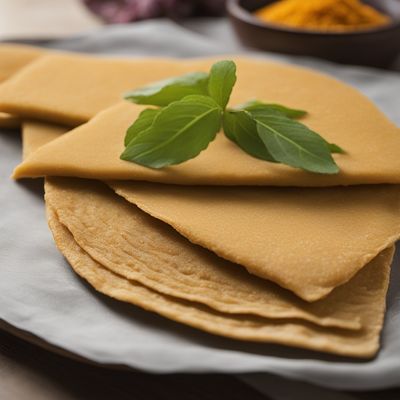
Dish
Makki di roti
Makki di roti is made by mixing cornmeal with water and kneading it into a dough. The dough is then rolled out into flatbreads and cooked on a griddle. Makki di roti is a popular food in the Punjab region of India, and is often served with sarson ka saag (a dish made from mustard greens). It is a good source of carbohydrates and fiber.
Origins and history
Makki di roti has been a staple food in the Punjab region of India for centuries. It is believed to have originated in the rural areas, where corn was a common crop.
Dietary considerations
Vegetarian, gluten-free
Variations
There are many variations of makki di roti, depending on the region and the ingredients used. Some people add spices or herbs to the dough, while others use different types of flour to make the flatbread.
Presentation and garnishing
Makki di roti is often served on a plate, with a dollop of ghee or yogurt on top. It can be garnished with herbs or spices, or with a sprinkle of salt or chili powder.
Tips & Tricks
To make makki di roti, it is important to use fresh cornmeal and to knead the dough well. The dough should be rolled out thinly and evenly, to ensure that the flatbreads cook evenly. It is also important to watch the flatbreads carefully while they are cooking, to prevent them from burning.
Side-dishes
Makki di roti is often served with a side of ghee (clarified butter) or yogurt. It is also often eaten with sarson ka saag (a dish made from mustard greens), which is a traditional accompaniment.
Drink pairings
Makki di roti pairs well with a variety of drinks, such as lassi or masala chai. It is also often served with traditional Punjabi drinks, such as chaas or sugarcane juice.
Delicious Makki di roti recipes
More dishes from this category... Browse all »
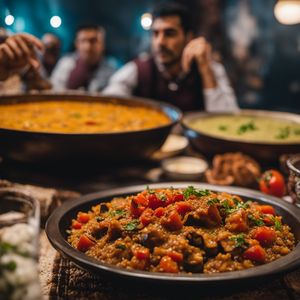
Abud
Arab cuisine
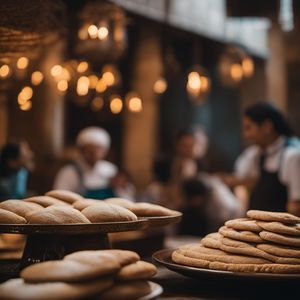
Aish baladi
Egyptian cuisine
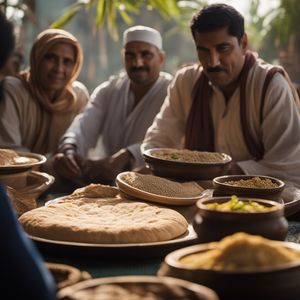
Aish merahrah
Egyptian cuisine
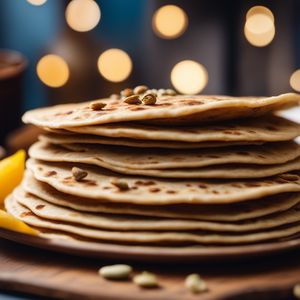
Ajwain paratha
Indian cuisine

Aloo naan
Indian cuisine

Amdo balep
Tibetan cuisine
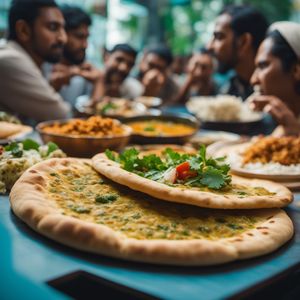
Amritsari kulcha
Indian cuisine
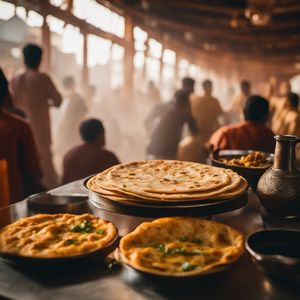
Anda paratha
Indian cuisine
More cuisines from this region...
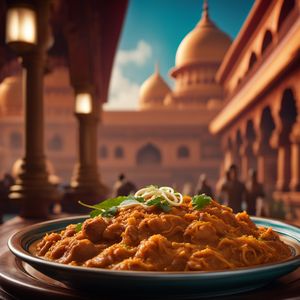
East Indian cuisine
Spicy and tangy flavors, Uses a lot of herbs and spices (mustard seeds, cumin, coriander), Uses a lot of fish and seafood which give it a unique flavor

North East Indian cuisine
Spicy, Tangy, Flavorful, Unique
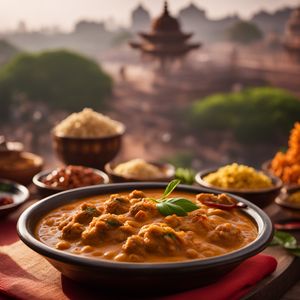
North Indian cuisine
Spicy, Tangy, Aromatic, Sweet, Uses a lot of oil and ghee

Other Indian cuisine
Spicy, Tangy, Sweet, Sour, Pungent
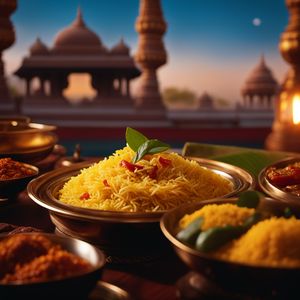
South Indian cuisine
Spicy, Tangy, Sweet, Savory, Aromatic
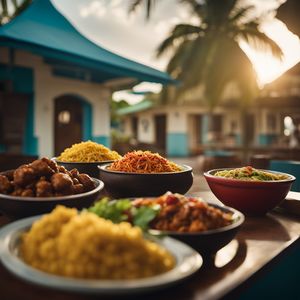
West Indian cuisine
Spicy, Bold, Tangy, Sweet, Savory
